#american mammals
Text

An American Pika Sizing Up Some Yummy Thistle
The Real-Life Pikachu: Pictures Of The American Pika
Photographer: Deirdre Denali

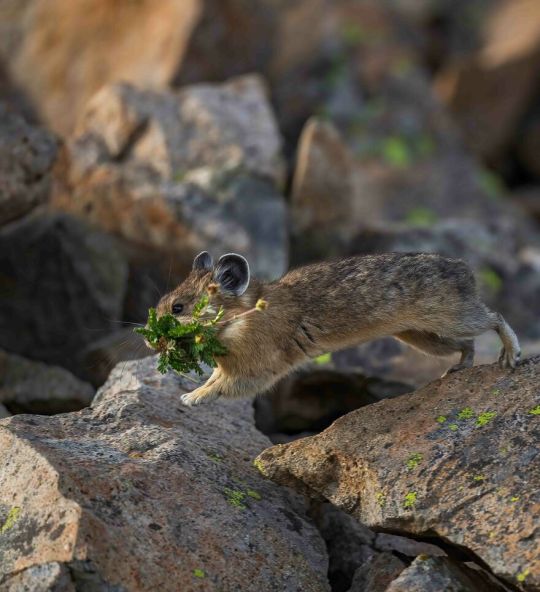
547 notes
·
View notes
Text




Barry Keoghan 2016, by Conor Clinch.
#barry keoghan#2010s#mammal#boxing#saltburn#cinema#actor#movies#the banshees of inisherin#the killing of a sacred deer#photos#celebs#shirtless#people#guys#male model#sagging#2020s#film#american animals#🥊
588 notes
·
View notes
Photo





Mammal (2016) || The Killing of a Sacred Deer (2017) || American Animals (2018) || The Banshees of Inisherin (2022)
#barry keoghan#filmedit#the killing of a sacred deer#american animals#the banshees of inisherin#mammal 2016#myedit#one of the sillier things i've made but anyways i'm obsessed with him
2K notes
·
View notes
Note
Everyone's talking about how cute raccoons are, and while i agree wholeheartedly, all i can think about it the time i was at camp and i woke up to raccoons in our tent cause one was patting my ass through my cot, and then another grabbed one of the other girls' hands and she screamed and our councilor had to literally sweep the raccoons out of our tent with the broom she grabbed to hit intruders with lol. we made extra sure everything was zipped all the way closed after that
.
#I keep forgetting that raccoons are an actual existing animal that people come across like it's no big deal#as you may know I'm from Finland and we don't have raccoons here so to me they feel very ~exotic~#same for opossums and skunks#the american trash mammal trifecta#also armadillos those are extremely cool#“patting my ass through the cot” how rude#answered#anonymous#I've said this before but would love to see an opossum one day they are Such Creatures
318 notes
·
View notes
Text


American bison (Bison bison). Sage Creek Campground, Badlands National Park, South Dakota.
#bison#american bison#buffalo#south dakota#national parks#badlands#mine#badlands national park#wildlife#nature#nature photography#ecology#north america#animals#wildlife biology#naturalist#photography#wildlife biologist#biologist#ecologist#mammals#original photographers#original photography on tumblr#original photography#hiking#camping
116 notes
·
View notes
Text
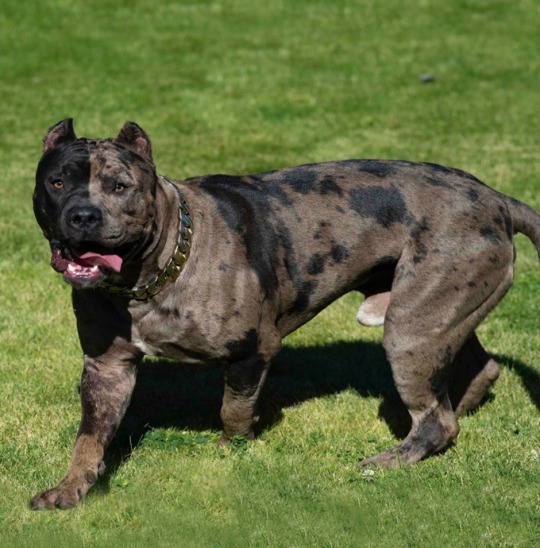






Merle domestic dogs (Canis lupus familiaris) with split faced markings [x] [x] [x] [x]
#merle#domestic dog#selective breeding#american bully#mixed breed dog#rough collie#dachshund#split face#canis lupus familiaris#domestic#mammal
774 notes
·
View notes
Text
Uncharismatic Fact of the Day
It might be easy to overlook the least shrew mole-- they're the smallest species of mole in the world! Also known as the American shrew mole, these tiny critters are 10 cm (3.9 in) in length including the tail and weigh only 10 g (0.35 oz). That's lighter than a handful of jelly beans!

(Image: An American shrew mole (Neurotrichus gibbsii) by Bob Brett)
If you like what I do, consider leaving a tip or buying me a ko-fi!
311 notes
·
View notes
Text

Neolicaphrium recens here might look like some sort of early horse, but this little mammal was actually something else entirely.
Known from southern South America during the late Pleistocene to early Holocene, between about 1 million and 11,000 years ago, Neolicaphrium was the last known member of the proterotheriids, a group of South American native ungulates that were only very distantly related to horses, tapirs, and rhinos. Instead these animals evolved their remarkably horse-like body plan completely independently, adapting for high-speed running with a single weight-bearing hoof on each foot.
Neolicaphrium was a mid-sized proterotheriid, standing around 45cm tall at the shoulder (~1'6"), and unlike some of its more specialized relatives it still had two small vestigial toes on each foot along with its main hoof. Tooth microwear studies suggest it had a browsing diet, mainly feeding on soft leaves, stems, and buds in its savannah woodland habitat.
It was one of the few South American native ungulates to survive through the Great American Biotic Interchange, when the formation of the Isthmus of Panama allowed North and South American animals to disperse into each other's native ranges. While many of its relatives had already gone extinct in the wake of the massive ecological changes this caused, Neolicaphrium seems to have been enough of a generalist to hold on, living alongside a fairly modern-looking selection of northern immigrant mammals such as deer, peccaries, tapirs, foxes, jaguars… and also actual horses.
Some of the earliest human inhabitants of South America would have seen Neolicaphirum alive before its extinction. We don't know whether they had any direct impact on its disappearance – but since the horses it lived alongside were hunted by humans and also went extinct, it's possible that a combination of shifting climate and hunting pressure pushed the last of the little not-horses over the edge, too.
———
NixIllustration.com | Tumblr | Twitter | Patreon
#science illustration#paleontology#paleoart#palaeoblr#neolicaphrium#proterotheriidae#litopterna#meridiungulata#south american native ungulates#panperissodactyla#ungulate#mammal#art#convergent evolution#not-horse#a phony pony#quaternary extinction
479 notes
·
View notes
Text
Animal of the Day!
Lowland Tapir (Tapirus terrestris)

(Photo by Daniel Zupanc)
Conservation Status- Vulnerable
Habitat- South America
Size (Weight/Length)- 300 kg; 2.5 m
Diet- Leaves; Fruits
Cool Facts- The lowland tapir is the largest terrestrial animal of South America. Despite their mass and hoofed toes, these tapirs are excellent swimmers and can even dive underwater. During dawn and dusk, lowland tapirs leave their wetland home for the jungle to feast. Their prehensile nose helps to strip leaves and fruits from low hanging trees. After mating in the early summer, female lowland tapirs are pregnant for 13 months. The calf is born light brown with white stripes to help blend in with the forest floor. Calves stay with their mom for a little less than two years before leaving to fend for themselves. While these tapirs are threatened by poaching and habitat destruction, their numbers are still strong thanks to conservation efforts in protecting their rainforest home.
Rating- 11/10 (Some crazy classification history.)
#animal of the day#animals#mammals#tapir#tuesday#september 26#lowland tapir#south american tapir#biology#science#conservation#the more you know
175 notes
·
View notes
Text

The American bison (above, an animal roaming the National Elk Refuge in Wyoming) is not closely related to true buffalo of Asia and Africa.
PHOTOGRAPH BY CHARLIE HAMILTON JAMES, NAT GEO IMAGE COLLECTION
#charlie hamilton james#photographer#national geographic#american bison#bison#animal#mammal#wildlife#national elk refuge#wyoming#buffalo#nature
138 notes
·
View notes
Text
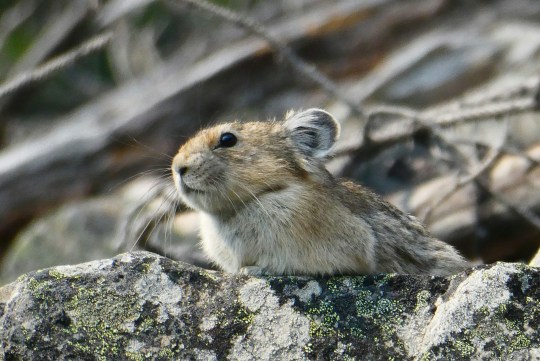
Photo by Derek Ryder on Unsplash
69 notes
·
View notes
Text
Americans will be like "omg Australia is so crazy" and then have bears break into their houses
#thoughts#you have gougers and huge ass bears!!!#not scared of either Australian and American wildlife i'd loove to see them both#but idk so funny when americans are like omg how can you live in Australia it's so deadly#and then they have huge mammals#also. moose
842 notes
·
View notes
Text

The Book of the Animal Kingdom; Mammals. Written by William Percival Westfall. Illustrated by W.S. Berridge. 1910.
Internet Archive
225 notes
·
View notes
Text

North American river otter
By: Unknown photographer
From: WWF Threatened Animals
1986
84 notes
·
View notes
Text
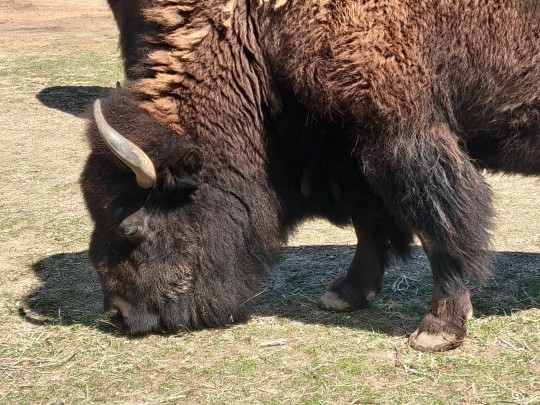
American bison (Bison bison)
#can you guys tell bison are my fave animal#mine#bison#hoofstock#animals#wildlife#prairie#buffalo#american bison#nature#naturalist#nature photography#photography#mammals#ecology#north america#north american wildlife#conservation#ecologist#biologist#wildlife biology#wildlife biologist#biology#national parks#badlands#badlands national park#national park
79 notes
·
View notes
Text
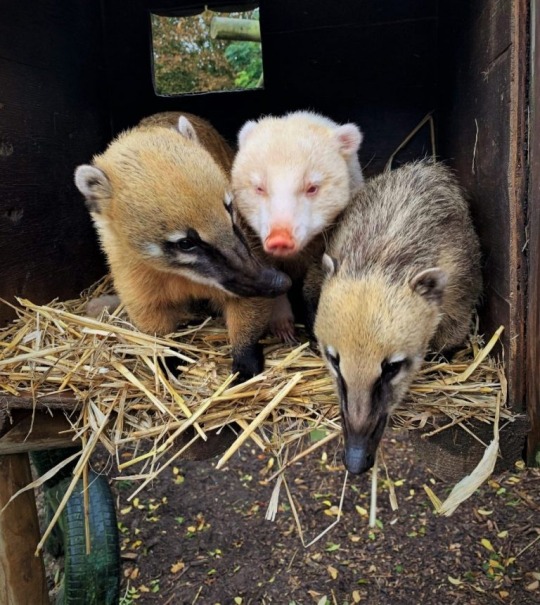
Albino South American coatimundi (Nasua nasua) with normal companions.
@ Wingham Wildlife Park
#albino#albinism#south american coatimundi#coatimundi#coati#nasua nasua#procyonidae#mutation#mammal#hey I’m going to do more simple single or double image posts more often than big complicated ones#as it takes less effort#I have two animal blogs now (one-weird-animal-a-day is the new one#and I think doing a lot of detail is what makes things difficult for me to keep up#sorry guys for the absence!
1K notes
·
View notes